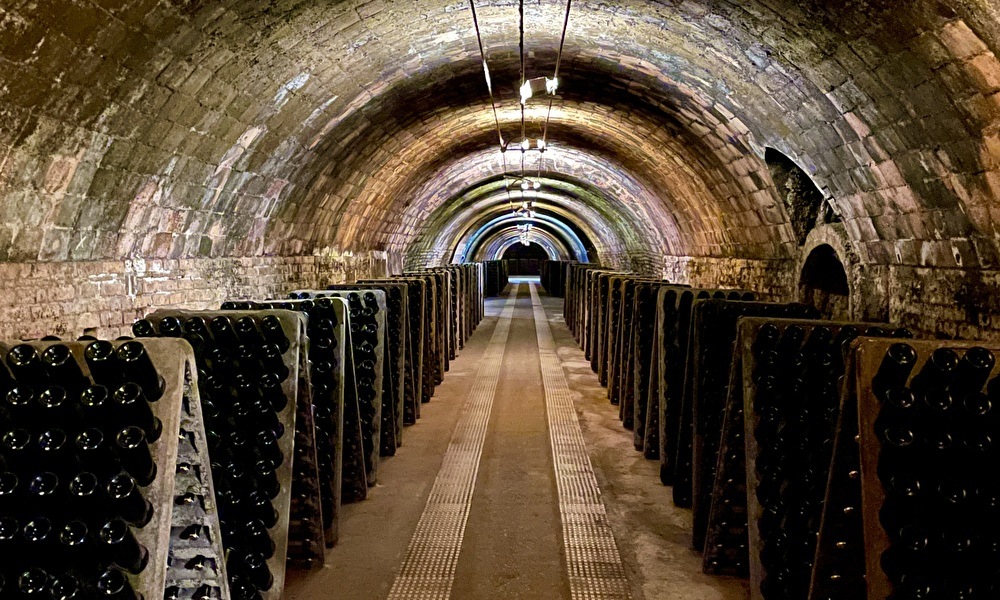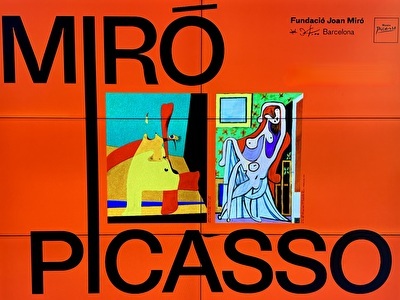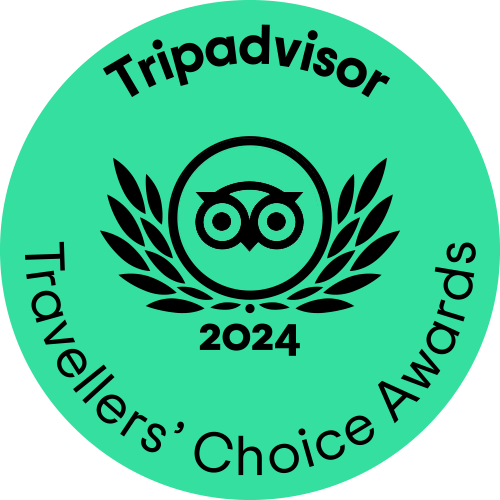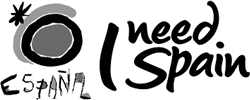Codorníu – A journey through bubbles, history, and the Catalan soul
Gateway to another world
The sun was still low over the Penedès, but the spring warmth still hung over the Catalan vines. As we entered the town of Sant Sadurní d’Anoia, the beating heart of the cava industry, after a half-hour drive from Torre Nova Resort, the monumental entrance to Bodega Codorníu loomed in the distance.
A long driveway, flanked by cypress trees, led to a gatehouse that looked more like a palace than a winery. No wonder: Codorníu isn't just a bodega; it's a piece of Catalan heritage. This is where the story of cava as we know it today began – and today, we're going to experience it for ourselves.
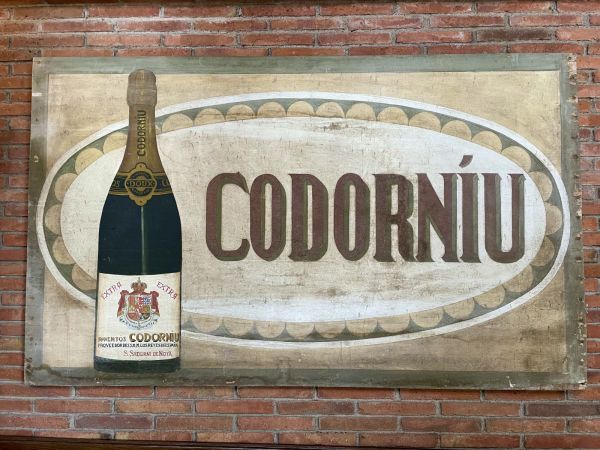
A history dating back to the 16th century
Upon entering the visitor center, we were greeted by our guide, Marta, who immediately took us to a large model of the estate. “Codorníu is not only the oldest cava producer in Catalonia,” she explained, “but also one of the oldest family-owned wineries in Spain.” Its roots date back to 1551, when Jaume Codorníu began making wine.
The real revolution, however, came in 1872, when Josep Raventós—son-in-law of the Codorníu family—produced the first bottles of sparkling wine in Spain using the méthode traditionnelle. This laid the foundation for what would later be known simply as “cava.” The name derives from the underground cellars (cavas) in which the wine is aged.
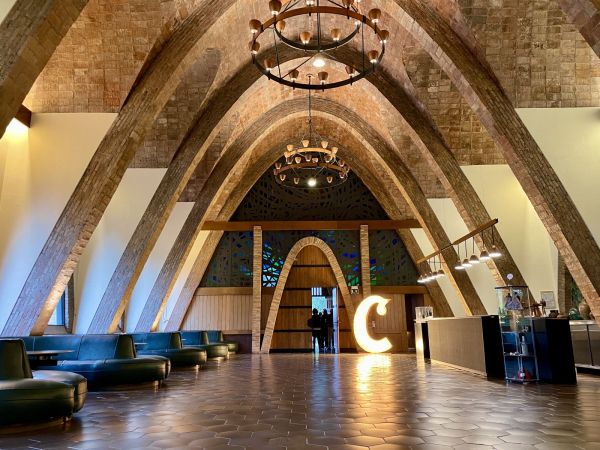
The hand of a master architect
Before we saw a single grape, Marta led us to the estate's most impressive building: the modernist cellars designed by Josep Puig i Cadafalch, one of Gaudí's greats.
Completed in 1915, the building is a true masterpiece of Catalan modernism: brick arches, colorful mosaics, and tall windows that let in soft light. Even if you didn't care for wine, you could spend hours here just for the architecture. It felt as if the walls themselves whispered stories from generations of winemakers.
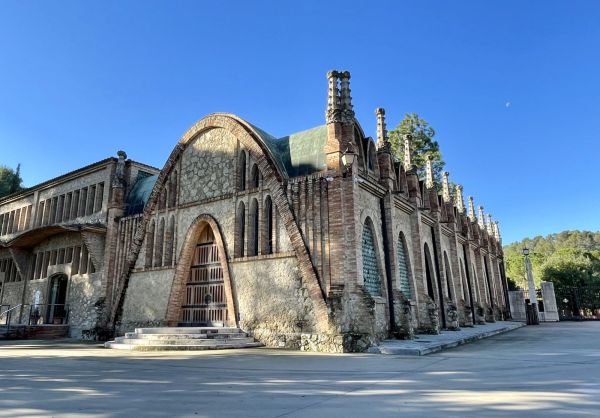
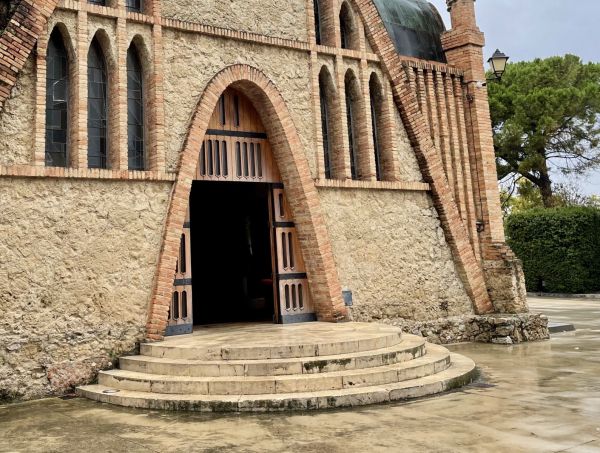
The vineyards – source of everything
We boarded a small electric train that took us to the edge of the estate, where rows of grape vines stretched to the horizon. The Penedès region enjoys a Mediterranean climate with warm, dry summers and mild winters—perfect for the macabeo, parellada, and xarel·lo grape varieties, the classic trinity of cava. “The Xarel·lo grape gives structure and body to the cava,” she explained. “Parellada brings freshness, and macabeo adds aromas.” The interplay of these grapes, combined with the chalky soils, is what gives Penedès cava its unique signature.
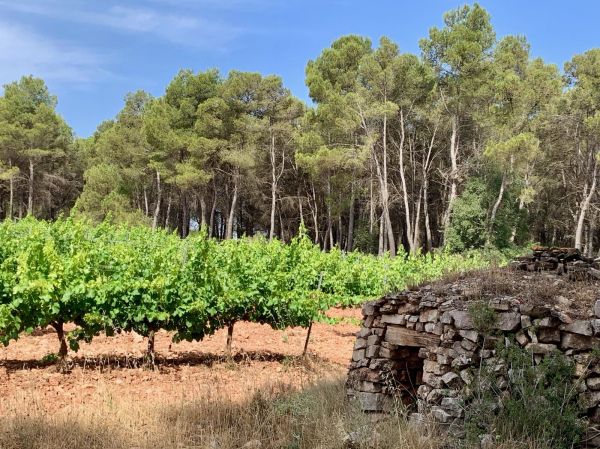
The birth of bubbles
Back in the main building, the technical part of our tour began. In a gleaming production room lined with stainless steel tanks, Marta explained how the traditional method works: first, a base wine is made, after which a second fermentation takes place in the bottle. This second fermentation is the secret behind cava’s fine, elegant bubbles.
The process sounds simple, but it requires an incredible amount of patience. Some prestige cavas from Codorníu are aged on the lees for over ten years before being disgorged. “We don’t rush,” Marta said with a smile. “Time is our most precious ingredient.”
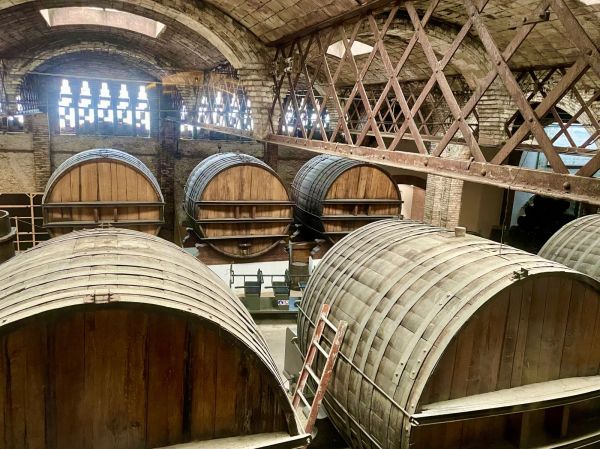
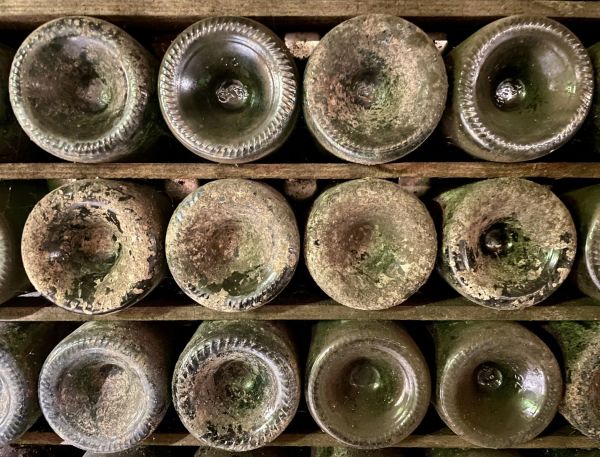
The underground cathedral
And then came the magical moment: we descended into the cellars. These tunnels stretch a whopping 30 kilometers underground, spread across several levels. It felt like we were entering an underground city—a cathedral of wine, where the air is cool and slightly humid.
Tens of thousands of bottles lay along the walls, neatly angled in pupitres. Some dated back to vintages we only know from history books. In the soft light, it seemed as if time passed more slowly here.
In a quiet spot, Marta let us listen. "Do you hear it?" Indeed, there was a subtle crackling sound. "That's the second fermentation," she whispered. "You're listening to the birth of bubbles."
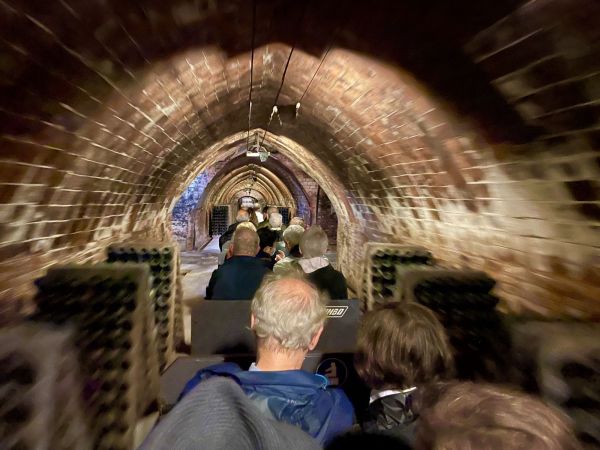
A ride through history
Because the cellars are so immense, we boarded a small train that took us through the corridors. As we passed stacks of bottles, screens projected short films about the family history, technological evolution, and the company's highlights.
We learned that Codorníu was a pioneer not only in production but also in marketing. As early as the 1920s and 1930s, their posters were designed by renowned artists, making cava a symbol of modernity and joie de vivre in Spain.
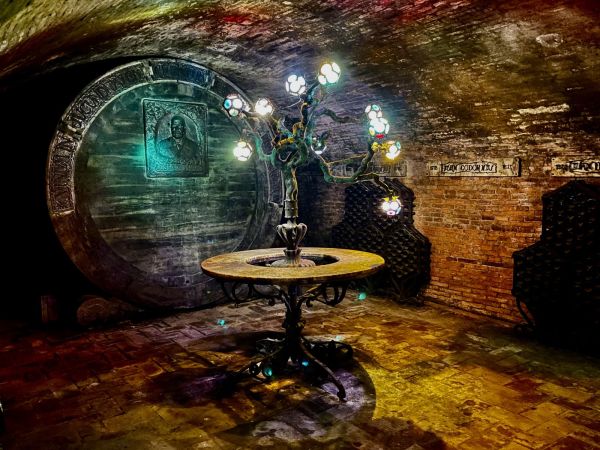
The tasting – a lesson in finesse
After all those impressions, it was time for the highlight: the tasting. In a bright, modern room, three glasses were waiting: a Codorníu Clasico Brut, a Gran Plus Ultra Chardonnay, and the Anna de Codorníu Blanc de Blancs.
- Clasico Brut: fresh, with aromas of green apple and a hint of citrus. Perfect as an aperitif.
- Gran Plus Ultra Chardonnay: richer, with notes of tropical fruit, vanilla, and toasted bread – a cava with gastronomic ambitions.
- Anna de Codorníu Blanc de Blancs: elegant and refined, named after Anna, the last heiress of the Codorníu family, who married Miquel Raventós in the 17th century.
We learned how to best judge cava: first look at the color and the fine bubbles, then smell, and only then take a sip and let it swirl in your mouth to release all the flavors.
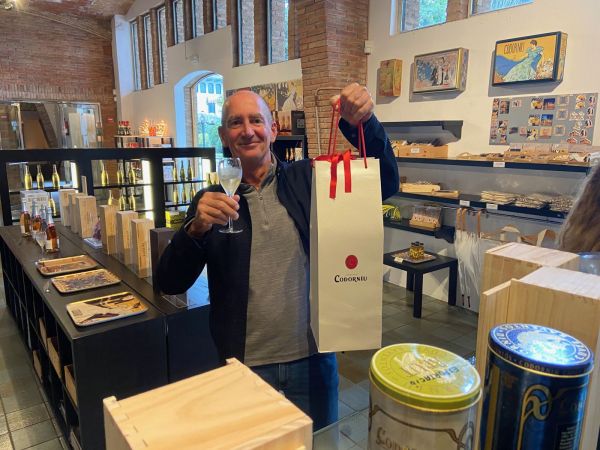
Lunch among the vineyards
After the tasting, we opted for lunch on the terrace, overlooking the grapevines. The menu was an ode to Catalan cuisine: pa amb tomàquet with Ibérico jamón, grilled vegetables, and for the main course, slow-cooked leg of lamb, accompanied by—naturally—a glass of prestige cava.
The most beautiful moment came when a light breeze brought the scent of lavender and grape leaves to our table. In the distance, we saw the mountains of Montserrat. Everything was perfect.
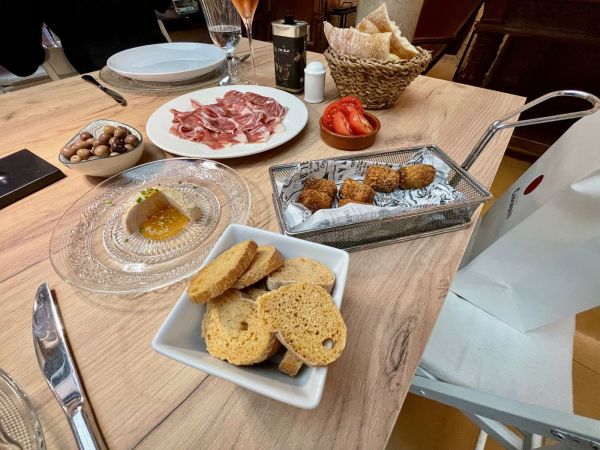
More than wine – a cultural heritage
What struck us most during the visit was how Codorníu preserves its identity. Yes, it is a commercial success story, but it is also a custodian of tradition, architecture, and family history. Even now that the company is part of a larger group, you can feel the pride in its Catalan roots everywhere.
Marta mentioned that the company regularly organizes cultural events: concerts in the gardens, art exhibitions in the cellars, and gastronomic evenings where chefs pair new dishes with historic vintages.
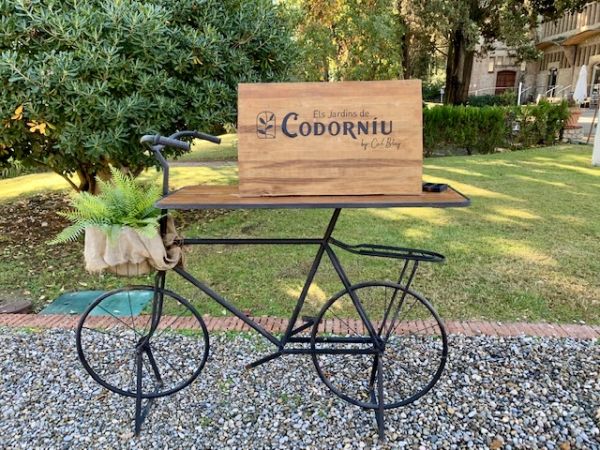
Practical tips for a visit
- Reservations: Booking a tour in advance is essential, especially during peak season.
- Allow time: Allow at least 2 to 3 hours for the full tour, including tasting.
- Combinations: A visit to Codorníu is perfect for combining with a walk in the surrounding vineyards.
- Best time: The harvest season in September is extra special, as you can witness the grape harvest live.
Bubbles with a soul
When we got back in the car at the end of the afternoon, it felt like we were taking a piece of the Catalan soul back to Torre Nova with us. Codorníu is more than just cava; It's a story of family, of pioneering spirit, of craftsmanship, and of the patience required to create something truly beautiful.
Every sip of cava from here carries that history with it—from the sun-drenched slopes of the Penedès to the cool silence of the underground cellars. And that makes a visit to Codorníu not just an outing, but a memory that will last forever.
